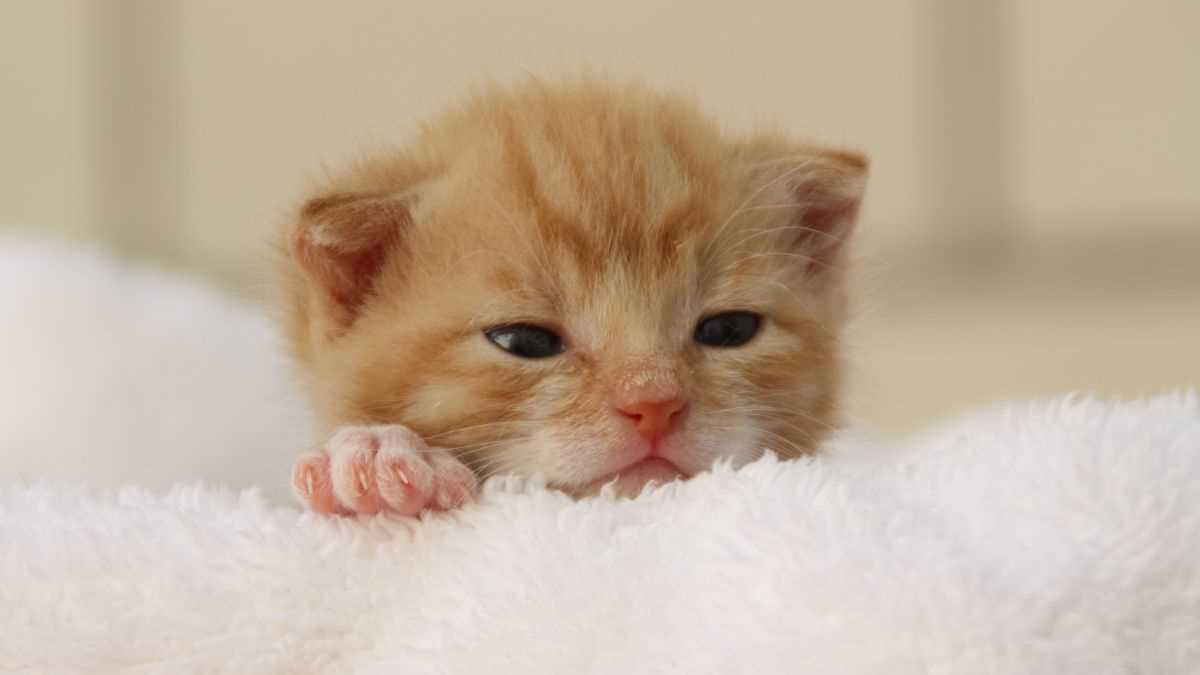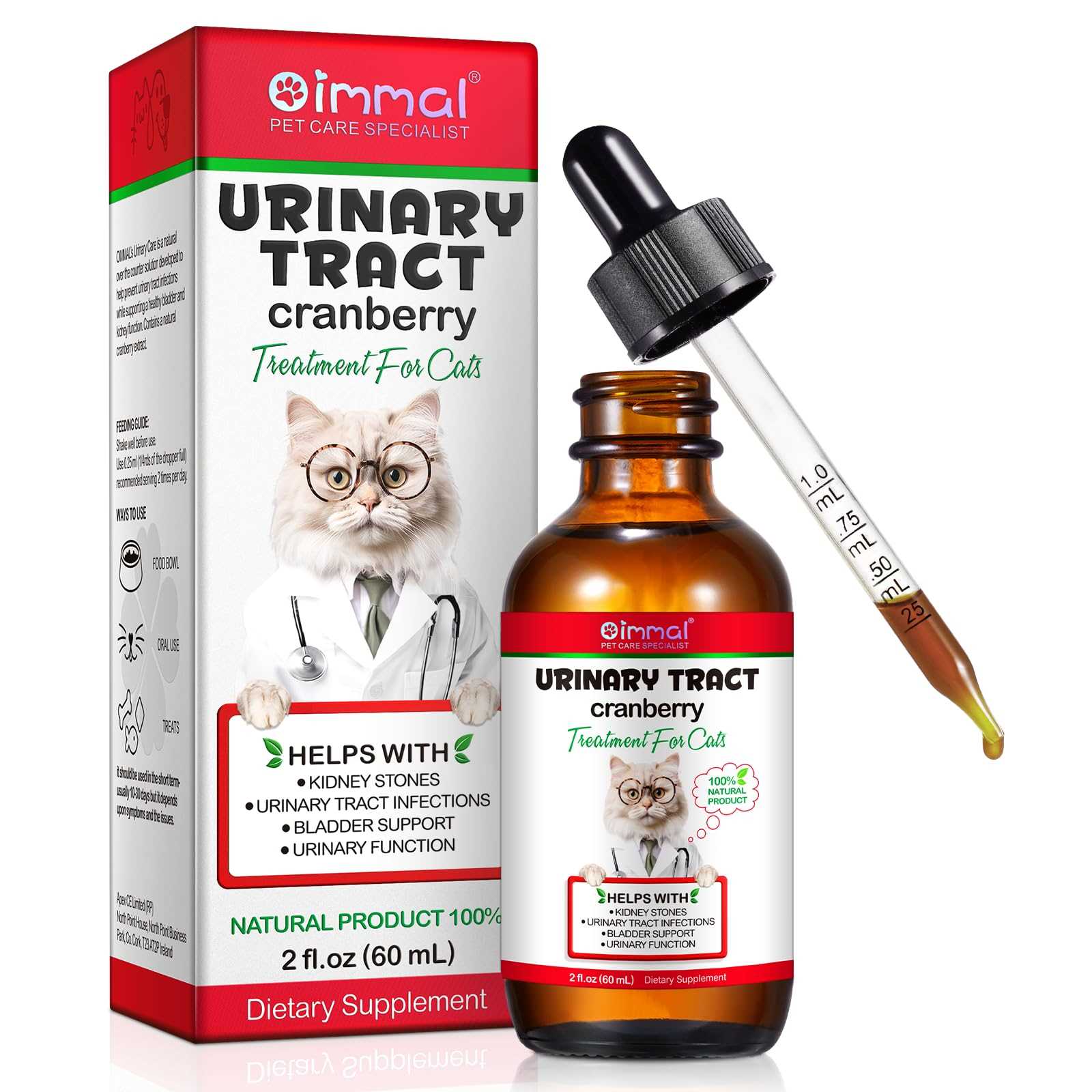



At around 12 months of age, the transition from youthful playfulness to adult demeanor typically occurs. By this time, most felines have already left their playful and energetic days behind, adopting more composed behaviors and routines.
Physical development also plays a significant role; by the first year, growth plates close, and the body reaches a mature size. A noticeable change in grooming habits can be observed as well; young ones often require assistance while older companions tend to groom themselves with greater care and frequency.
Behaviorally, maturity brings a shift in social interactions. While young ones may engage in rough play and endless energy bursts, adult counterparts usually exhibit calmer and more deliberate actions. Understanding these changes can help caretakers provide appropriate care and enrichment for their companions as they transition into adulthood.
Development Stages of a Feline Companion
It’s around the age of 1 year that a young feline transitions into adulthood. At this point, they typically exhibit more stable behavior and physical maturity. By this stage, their growth plates close, and their skeletal structure strengthens. They become less playful and more independent, often seeking their own space.
Behavioral Changes
As they age, their social interactions shift. Playtime becomes less frequent, and they may prefer lounging over chasing toys. Understanding these changes helps in providing appropriate stimulation and care. It’s essential to maintain an engaging environment, even for those who have matured.
Dietary Needs
With maturity, nutritional requirements evolve. An adult’s diet should be rich in proteins and low in fillers. For those facing specific challenges, like vomiting, it’s wise to explore options such as the best cat food for indoor cats that throw up. Tailoring their food can significantly impact their health and comfort.
| Age | Life Stage |
|---|---|
| 0-6 months | Kitten |
| 6-12 months | Young Adult |
| 1-7 years | Adult |
| 7+ years | Senior |
Understanding Kitten Growth Stages
From my experience, the growth phases of a young feline can be broken down into key stages: neonatal, transitional, socialization, and juvenile. Each stage marks significant milestones in development.
During the neonatal period, which lasts until about two weeks, they are entirely dependent on their mother, relying on her for warmth and nourishment. Their eyes and ears are closed, and they cannot regulate their body temperature.
As they transition into the next phase, from two to four weeks, their senses begin to develop. They start to explore their surroundings, albeit clumsily. It’s crucial to provide a safe environment during this time to encourage their burgeoning curiosity.
The socialization phase spans from four to nine weeks. This is vital for emotional and behavioral development. Interactions with humans and other animals are essential during this time. Engaging play and gentle handling foster confidence and sociability.
From nine weeks to around six months, they enter the juvenile stage. Growth accelerates, and they become more independent. This is a prime time for training and establishing boundaries. Positive reinforcement works wonders in teaching them desirable behaviors.
Understanding these phases helps in providing the right care and environment tailored to their specific needs. Recognizing their growth stages ensures a healthy and happy transition into adulthood.
Physical Signs of Maturity in Felines
As I matured, certain physical changes became evident, marking my transition from a playful youth to a more refined adult. Here are the key indicators to observe:
1. Size and Weight
- Growth plateaus around 12 months; size stabilizes.
- Weight gain slows; a healthy adult typically weighs between 8 to 15 pounds, depending on breed.
2. Coat Changes

- Fur texture may shift from soft and fluffy to a denser, shinier adult coat.
- Color patterns can become more distinct as they age.
Additionally, it’s intriguing to learn about various biological aspects, such as where are proteins stored in the human body, as it provides insight into our own nutritional needs.
3. Eye Appearance
- Iris color may deepen or change as they grow older.
- Eyes become less expressive, transitioning from wide-eyed curiosity to a more composed gaze.
Observing these signs can help you understand the maturity of your furry friend. Each stage of life brings unique characteristics that reflect their journey into adulthood.
Behavioral Changes from Kitten to Adult
As I transitioned into adulthood, my behavior shifted in several noticeable ways. Playfulness that once consumed my days began to wane. While I still enjoy a good chase after a feather or laser dot, my bursts of energy are now more controlled and less frequent.
Social interactions also evolved. In my younger days, I was all about making new friends, often bouncing around with boundless enthusiasm. Nowadays, I’m more selective about my companions, preferring deeper connections over sheer quantity. I appreciate my human’s company more and often seek out their attention for cuddles rather than constant play.
Territorial instincts have sharpened as well. As a younger feline, I was curious and carefree, exploring every nook and cranny. Now, I tend to establish my space and assert my boundaries. If a newcomer enters my domain, I may not be as welcoming as I once was, opting instead to observe from a distance before deciding if they’re worthy of my friendship.
Communication styles have also shifted. In my youth, meows were frequent and varied, used to express any and all desires. Now, I reserve my vocalizations for moments that truly matter, relying more on body language to convey my feelings. A flick of my tail or a certain posture speaks volumes.
Understanding my own needs has become clearer, too. My appetite has stabilized; I no longer eat just for fun but rather for nourishment. This shift has allowed me to maintain a healthier lifestyle, albeit with a few indulgences here and there.
Lastly, my curiosity has taken a different form. Instead of blindly exploring every new object or sound, I now approach new experiences with caution and thoughtfulness. This doesn’t mean I’ve lost my adventurous spirit; rather, I’ve learned to assess situations before diving in.
Age Milestones for Different Cat Breeds
Understanding the age milestones for various breeds helps in recognizing developmental stages effectively. For example, Siamese and Burmese breeds tend to mature faster, reaching adulthood by around 10-12 months. In contrast, Persian and Maine Coon breeds take longer, often not fully maturing until 18-24 months.
Scottish Folds, like myself, typically transition into adulthood between 12-16 months. This breed is known for its distinct features, but we also share common behavioral traits that evolve as we age. You might notice increased independence and a decrease in playful antics as the months pass.
Bengals are known for their energetic nature, often displaying kitten-like behavior until about 2 years old. This playful spirit can last longer than in other breeds, making it essential for owners to provide ample stimulation during this time.
Ragdolls are sociable and gentle, usually reaching maturity at around 3 years. Their laid-back demeanor remains consistent throughout their lives, but you may observe subtle shifts in their interaction preferences as they age.
Understanding these milestones aids in tailoring care and expectations. Each breed has unique timelines, and recognizing these can foster a better relationship with your furry companion.
Health Considerations as Felines Transition
Regular veterinary check-ups are crucial as the youthful stage fades. Schedule visits annually, or semi-annually for those approaching senior age, to monitor health changes.
Nutrition Adjustments
Diet must evolve to meet new energy needs. Shift from kitten food to adult formulations around 12 months. Consider the following:
- Choose high-quality protein sources.
- Ensure balanced vitamins and minerals.
- Monitor weight to prevent obesity.
Preventative Care
Stay vigilant about vaccinations and parasite control. Follow your vet’s recommendations for:
- Core vaccinations to protect against common diseases.
- Regular flea and tick prevention.
- Routine dental care to maintain oral health.
Behavioral shifts may signal health concerns. Watch for signs of stress, aggression, or lethargy, and consult a vet if any issues arise. Early detection is key to maintaining a healthy lifestyle.
Tips for Adjusting Care for Adult Felines
Shift to a high-quality diet that meets the nutritional needs of maturity. Look for food rich in protein and low in carbohydrates to support muscle maintenance and overall health.
Schedule regular veterinary check-ups every six to twelve months. Preventive care, including vaccinations and dental health assessments, becomes increasingly significant as they age.
Modify playtime to focus on mental stimulation rather than just physical activity. Interactive toys and puzzles can help keep them sharp and engaged, minimizing boredom-induced behaviors.
Establish a comfortable environment with access to cozy resting spots. Older companions may prefer softer surfaces and quieter areas to retreat and relax.
Monitor weight closely. Changes in metabolism might lead to weight gain or loss, so adjust feeding portions accordingly to maintain a healthy body condition.
Introduce regular grooming sessions to address changes in coat quality. Brushing not only keeps fur healthy but also strengthens the bond between you and your furry friend.
Pay attention to changes in behavior or habits. Increased vocalization or altered litter box usage might indicate discomfort or health issues that require immediate attention.
Consider providing joint supplements to support mobility, especially if you notice signs of stiffness or reluctance to jump.
Maintain a consistent daily routine. Predictability can provide comfort and security, reducing stress for your companion during this transition.









